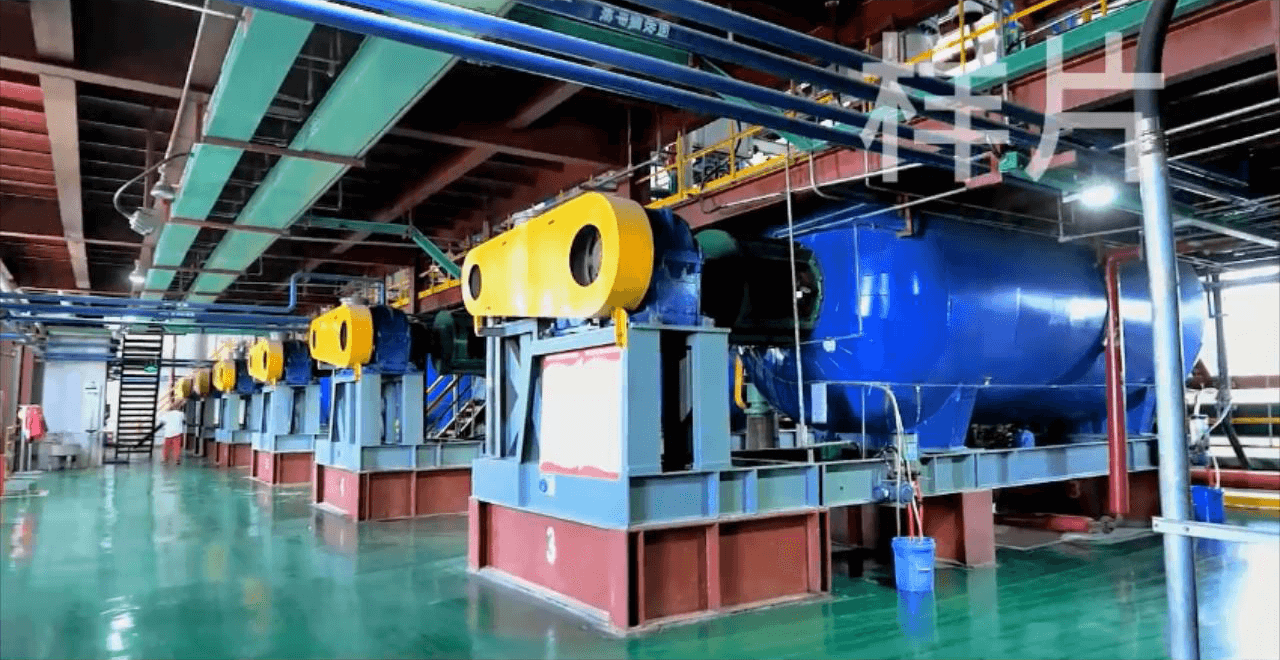
Sep . 25, 2024 02:42 Back to list
celulosa hpmc
The Role of Cellulose and Hydroxypropyl Methylcellulose (HPMC) in Modern Applications
In the realm of materials science and chemistry, cellulose and its derivatives have garnered considerable attention due to their unique properties and versatility. Among these derivatives, Hydroxypropyl Methylcellulose (HPMC) stands out as an essential compound used across various industries, including pharmaceuticals, food, cosmetics, and construction. This article explores the composition, applications, and benefits of cellulose and HPMC, highlighting their significant contributions to modern technology and everyday life.
Understanding Cellulose
Cellulose is a naturally occurring polysaccharide composed of linear chains of glucose units linked by β-1,4-glycosidic bonds. It forms the primary structural component of the cell walls in green plants, algae, and some fungi. As the most abundant organic polymer on Earth, cellulose is a renewable resource that can be derived from various sources, including wood, cotton, and agricultural residues. Its characteristics, such as biocompatibility, biodegradability, and mechanical strength, make cellulose a valuable raw material.
However, cellulose's insoluble nature in water limits its utility in certain applications. This is where chemical modification plays a pivotal role, leading to the creation of cellulose derivatives like Hydroxypropyl Methylcellulose.
What is Hydroxypropyl Methylcellulose (HPMC)?
HPMC is a non-ionic, water-soluble polymer derived from cellulose. It is produced through the partial substitution of hydroxyl groups in cellulose with hydroxypropyl and methyl groups. This modification not only improves the solubility of cellulose in water but also enhances its film-forming and thickening properties. HPMC has an array of functionalities, making it a critical component in many industrial applications.
Applications of HPMC
1. Pharmaceuticals HPMC is widely used in the pharmaceutical industry as a binder in tablet formulations and as an excipient. Its hydrophilic nature allows it to form gels upon hydration, making it effective in controlling the release of active pharmaceutical ingredients. This controlled-release mechanism improves patient compliance and reduces the frequency of dosing.
2. Food Industry In the food sector, HPMC serves as a food additive, acting as a thickener, stabilizer, and emulsifier. It enhances the texture and shelf life of various products, such as sauces, dressings, and baked goods. Moreover, its ability to retain moisture makes it an essential ingredient in gluten-free products, providing the necessary consistency and structure.
celulosa hpmc

3. Cosmetics and Personal Care HPMC's cosmetic applications include its use in creams, lotions, and hair products. Its film-forming ability provides a smooth application and improved skin feel. Additionally, HPMC can help stabilize emulsions, ensuring the consistent texture and appearance of cosmetic formulations.
4. Construction In the construction industry, HPMC is used as a water-retaining agent in cement and tile adhesives, enhancing workability and adhesion. Its use in mortars and plasters improves the flow characteristics, allowing for better application and finish of construction materials.
Benefits of Using HPMC
The advantages of incorporating HPMC into various formulations are manifold
- Biocompatibility and Non-Toxicity HPMC is considered safe for use in a variety of applications, including pharmaceuticals and food products, due to its natural origin and non-toxic nature.
- Versatile Functional Properties HPMC can be tailored to possess a range of properties, such as viscosity, gel strength, and solubility, by modifying its molecular weight and degree of substitution.
- Improved Stability With its film-forming capacity, HPMC enhances the stability and shelf life of products, preventing separation and maintaining consistency.
- Sustainability As a derivative of cellulose, HPMC is biodegradable, contributing to sustainable practices in product development.
Conclusion
The importance of cellulose and its derivatives, particularly Hydroxypropyl Methylcellulose (HPMC), cannot be understated. Their unique properties and versatility have enabled their widespread use across multiple industries, providing innovative solutions that improve product performance and consumer satisfaction. As research and technology continue to evolve, the potential applications for HPMC may expand further, solidifying its role as a cornerstone material in future developments. The ongoing exploration of cellulose derivatives like HPMC reflects humanity's commitment to utilizing sustainable resources while enhancing the quality of everyday products.
-
Versatile Hpmc Uses in Different Industries
NewsJun.19,2025
-
Redispersible Powder's Role in Enhancing Durability of Construction Products
NewsJun.19,2025
-
Hydroxyethyl Cellulose Applications Driving Green Industrial Processes
NewsJun.19,2025
-
Exploring Different Redispersible Polymer Powder
NewsJun.19,2025
-
Choosing the Right Mortar Bonding Agent
NewsJun.19,2025
-
Applications and Significance of China Hpmc in Modern Industries
NewsJun.19,2025







